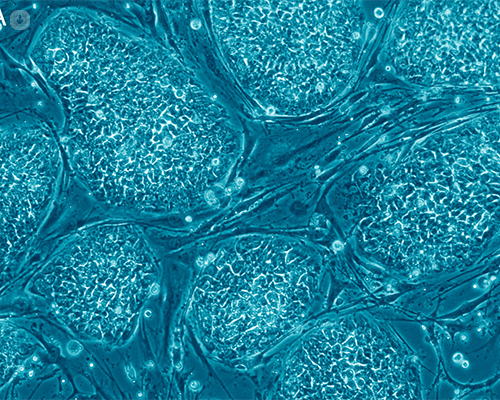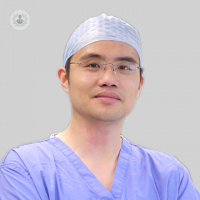Stem cells: how does it work?
Escrito por:Stem cells are a special type of cells that can turn into any kind of cells in the lab. In theory, with the right kind of stimulation and in the right environments, it could be applied to the human body. Stem cells may be used to replace cells and tissues that have been damaged due to disease and provide new cells for the body as it grows.
It is a very complex science, which requires extensive knowledge. In practice, cell therapy is very common but ‘stem’ cell therapy is still in the developmental stage. Leading orthopaedic surgeon and sports medicine specialist Professor Paul Lee explains how stem cells are changing the future of medicine and how he uses them in his practice to treat bone, cartilage and muscle damage.

Picture of embryo stem cells
What are stem cells used for?
In theory, they can be used to create any cell type or any organ. However, in practice, stem cells have more of a managerial role by directing the cells in the body to repair or regenerate. In the field of bone and cartilage medicine, cell therapy can be used to treat broken bones, cartilage damage and sometimes osteoarthritis. It also works very well as an anti-inflammatory agent and has a good effect on pain relief. It is important to understand the aim of the type of cell therapy, because the way that it works may not be through regeneration.
How does stem cell therapy work?
It depends on the type of stem cell therapy and what condition we are trying to treat, as it works differently. With some treatments, we aim for the regeneration of cells and use extra supporting drugs to help the process. We can also use these cells to guide and stimulate repair and, in this setting, the cells can be injected directly to the affected area. When we use the cells to treat pain, we may process it in a certain way so that it can target the pain receptors.
How are stem cells changing medicine?
Stem cells have moved medicine forward and opened up lots of possibilities. Currently, it is used as an extra to supplement current medical treatment. Standalone stem cell therapy is not yet in prime time. Stem cells have now made some of the more tricky tissues to heal possible to repair, which is a great step towards cell therapy. In the not too distant future, as our technology improves, we will be able to translate the lab results into clinical practice.
How do you apply stem cell therapy in your practice?
I use a biological approach in my practice. In order to successfully treat our patients, chemical, biological, cells and mechanical factors need to be taken care off. I use stem cells to improve the biology of my patients.
The most important factor is to have a proper understanding of the possibility and of the limitations for stem cells. In practice, I use stem cells to treat bone, cartilage, tendon and muscles.


